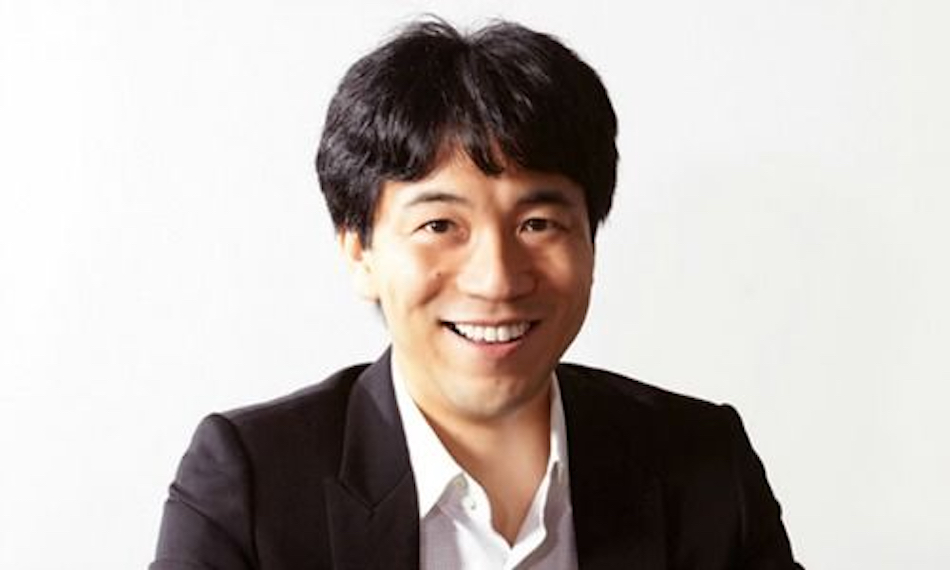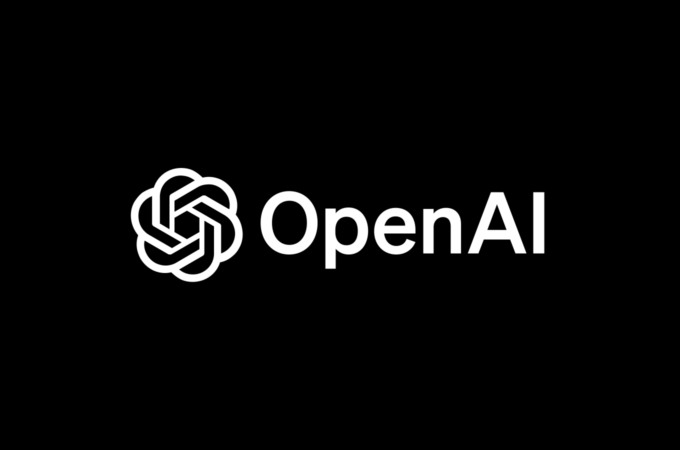
He’s building robo investors to fill a trillion-dollar hole in Japanese society
By Osman Husain for TechInAsia
“Individual investors in Japan, especially those above 60 years of age, prefer to keep their savings in the bank,” exclaims Kazuhisa Shibayama, founder of WealthNavi. “There’s over 17 trillion dollars of personal wealth lying idle, sleeping.”
Kazuhisa’s very uncomfortable with this dynamic of Japan’s financial sector. Banks prefer to hoard these massive deposits and invest in Japanese government bonds rather than offer private credit.
“The loans-to-deposit ratio in Japan is only about 68 percent,” he explains.
According to Forbes, the ideal ratio for a commercial bank is anywhere between 80 to 90 percent.
Japan’s worsening demographic divide certainly doesn’t help the matter. An aging population means there’s more of a drain on government resources and banks find it harder to fund promising companies.
“There’s fewer opportunities,” adds Kazuhisa.
In the past this didn’t matter as much. Japanese workers, or ‘salarymen’ as they’re popularly known, were guaranteed retirement bonuses by their companies, ranging from anywhere between US$300,000 – 500,000.
But new policies mean that the amount offered is decreasing by 2.5 percent annually. “It’ll disappear completely when my generation retires in about 30 years,” explains Kazuhisa.
There’s no need to talk to a human.
That’s what’s worrying the younger generation, people in the 30-50 age bracket. They don’t have as much disposable cash, but their outlook is different. They’re not risk averse and would much prefer making long-term investments, rather than simply keeping money in the bank where annual returns are low.
“We want to cater to them – that’s our story,” enthuses Kazuhisa.

Photo credit: AP via International Business Times
Advisory algorithms
That’s why he built WealthNavi, an automated wealth management service aimed at individual Japanese investors.
“Say you are a 35-year-old and you’re concerned and don’t know what to do. So you come to us and we’ll guide you step by step. We’ll ask you a few questions and build an optimal portfolio,” says Kazuhisa.
The app functions as a robo-advisory of sorts. Users can identify their risk appetite and how much they’d like to see their initial investment grow within a certain timeframe. After the few initial questions, the algorithm will get to work and suggest a portfolio for you.
The entire process takes less than two minutes. A further three minutes are required if you want to go ahead with the investment, which includes things like providing bank account details and personal information.
There’s no need to talk to a human at any stage of the deal.
Kazuhisa’s been involved in the financial sector for most of his professional career. He’s a former deputy director at the Japanese ministry of finance and also spent approximately five years at McKinsey before diving into entrepreneurship.
He says the current generation in Japan is very concerned about financial stability, and struggling to understand the best way to invest their money. Incumbent Japanese financial institutions aren’t providing wealth management products for this segment, because the market size is smaller.
“According to our estimates they have about 2 trillion dollars in wealth. From the viewpoint of the Japanese banks it is not big. But it is a big market for a startup,” adds Kazuhisa.
Moving away from cash
The idea for WealthNavi dawned upon him while working for McKinsey in New York. Investors in the US prefer to put their money in the stock exchange, either through mutual funds or direct investments, but that trait isn’t exhibited in Japanese society.
That’s because most people in Japan see investments as a gamble – Tokyo’s Nikkei index has never recovered to the level it was at before the crash in 1990.
“If you put money on the Nikkei average and kept it over the past 25 years, you still made a loss,” says Kazuhisa. “Cash outperformed stocks. It’s a tragedy and the reason why most people prefer keeping investments in foreign exchange.”
WealthNavi parks all investments in stock exchanges across the US – mostly New York – and that could partly be the reason why. Kazuhisa explains the cash is held in exchange-traded funds, which are basically mutual funds traded on the stock exchange, and individuals can choose to opt out at any time.
He believes the product is far more sophisticated and advantageous for investors than a normal mutual fund due to diversification and the time taken to calculate each portfolio.
“We make a matrix where the return of each unit is maximized.”
The startup earns money by charging a 1 percent commission fee on all investments.

Photo credit: epSos.de.
Learning to code
Work on WealthNavi started in April last year, after the entrepreneur discussed the idea with his peers who encouraged him to forge ahead. Kazuhisa didn’t know how to code or have a co-founder on board. But that wasn’t about to stop him.
He signed up for an intensive coding bootcamp in Shibuya, Tokyo and learned HTML, CSS, Ruby on rails, and Javascript within four weeks. At the end of the course, he had a functioning prototype. He sent a link to a local VC firm in Japan, who liked what they saw and entered into negotiations.
Two months later Kazuhisa had his first round of funding.
“I didn’t imagine I would become an entrepreneur. I went to INSEAD, and it is very famous for entrepreneurship so I took a few classes. But I didn’t see myself as a future entrepreneur at all. I became one by accident,” he laughs.
Word spread about Kazuhisa’s company in Japanese tech circles. After he nabbed his seed round worth approximately US$500,000 he was able to hire a team of engineers to help fine-tune the product.
In October, WealthNavi closed a sizeable US$15 million round led by investors such as SBI Holdings. Kazuhisa is cagey about things like active users or growth, preferring not to make those public, but says the team’s very satisfied with the pace at which they’re expanding.
He adds that 30 percent of people who initially signed up for WealthNavi have made additional investments.
Most of the new cash will be invested in expanding the team with a chunk put aside for marketing and financial literacy.
“Our goal is to support the young generation. Our goal is for every single person to be able to make a long-term investment. Educating people about the product is the most important activity – they don’t have trusted advisors,” says Kazuhisa.
First appeared at TIA





